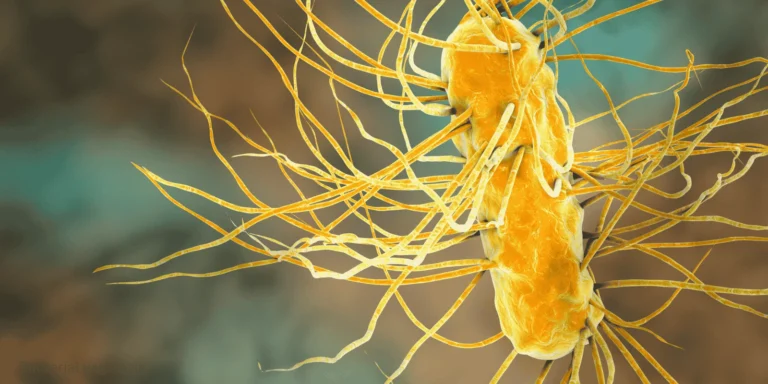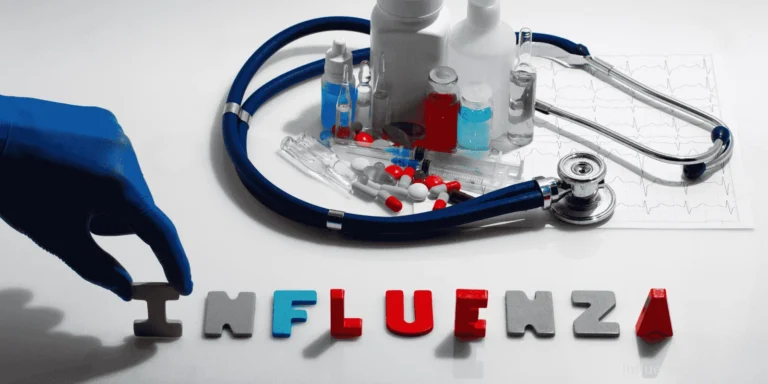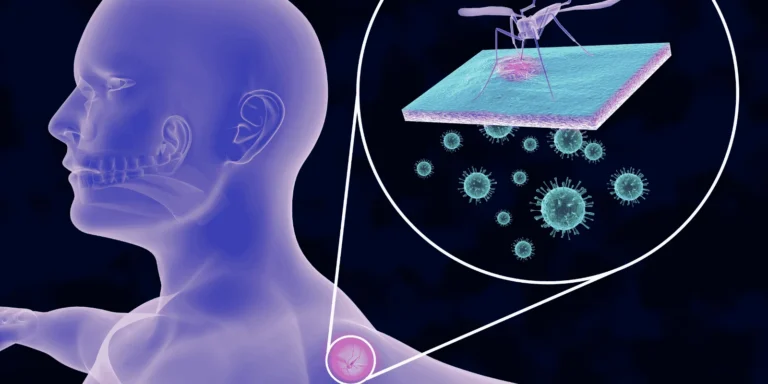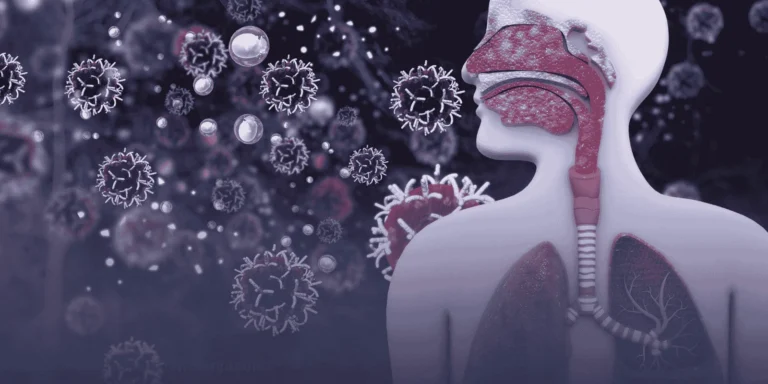Stomach flu hits differently than regular flu — and it usually starts with that unmistakable “uh oh” feeling in your gut.
The medical term is viral gastroenteritis, but most people just call it stomach flu or stomach bug.
The Opening Act
The first symptom is usually nausea. Not the mild queasiness you get from car sickness, but that deep, unsettling nausea that makes you start looking for the nearest bathroom.
Many people describe feeling like their stomach is “churning” or “doing flips.” You might start producing extra saliva — your body’s way of preparing for what’s coming.
The Timeline
Hours 1-6: Nausea builds gradually. You might feel tired or “off” but can still function.
Hours 6-12: Nausea becomes more intense. Vomiting often starts during this phase.
Hours 12-24: Full-blown symptoms develop — vomiting, diarrhea, and feeling completely miserable.
Early Warning Signs
Before the obvious symptoms hit, you might notice:
- Loss of appetite (food just doesn’t sound appealing)
- Mild abdominal cramping
- Feeling unusually tired
- Slight headache
- Low-grade fever
The Vomiting Phase
Stomach flu vomiting is typically sudden and forceful. Unlike food poisoning, which might make you throw up immediately after eating, stomach flu vomiting can happen on an empty stomach.
The vomiting phase usually lasts 12-24 hours, then gradually subsides.
When Diarrhea Joins the Party
Diarrhea often starts as the vomiting begins to improve, though sometimes they overlap. Stomach flu diarrhea is typically watery and frequent.
This phase can last 3-5 days, sometimes longer.
Fever Patterns
About half of people with stomach flu develop fever, usually low-grade (99-101°F). The fever typically appears within the first 24 hours and lasts 1-2 days.
Body Aches and Fatigue
Many people feel completely drained with stomach flu. Body aches are common, though usually milder than with regular influenza.
The combination of dehydration and your immune system fighting the virus leaves you feeling wiped out.
Dehydration Signs
As symptoms progress, watch for dehydration:
- Decreased urination
- Dry mouth and throat
- Dizziness when standing
- Dark-colored urine
What Triggers Stomach Flu
Common causes include:
- Norovirus (most common)
- Rotavirus (especially in children)
- Other viral infections
It spreads through contaminated food, water, or contact with infected people.
When to Seek Medical Care
Most stomach flu resolves on its own, but seek care for:
- Signs of severe dehydration
- Blood in vomit or stool
- High fever (over 102°F)
- Severe abdominal pain
- Symptoms lasting more than a week
Early Treatment Strategies
When you first feel symptoms:
- Stop eating solid foods
- Sip clear fluids frequently
- Rest and avoid strenuous activity
- Have electrolyte solutions available
The Contagion Factor
You’re most contagious during the first 2-3 days of symptoms, but can spread the virus for up to two weeks after recovery.
Recovery Expectations
Most people start feeling better after 2-3 days, though full energy might take a week to return. Gradually reintroduce bland foods as your stomach tolerates them.
The key is recognizing early symptoms so you can prepare for what’s coming and start appropriate supportive care immediately.













